Connecticut Hall of Fame Inductions Seem to Have Ended
/It seemed like a good idea at the time. More than a decade ago, in 2005, a committee of legislators successfully urged the state legislature to establish the Connecticut Hall of Fame, to be featured in the Legislative Office Building (LOB) in Hartford.
In announcing the proposal, they explained “the hall of fame is designed to recognize those individuals from Connecticut who have distinguished themselves in their professions, nationally or internationally. It will also have an education function because of the great number of students who visit the Capitol and LOB annually.” It was even specified that the lettering of the names of inductees “will be in brass.”
The first class of inductees, in February 2007, were Mark Twain, Igor Sikorsky and Katharine Hepburn, their names affixed to the wall of the second floor atrium in the LOB. It marked a successful launch, after being “in the planning stages for four years,” according to an announcement at the time.
The legislators driving the initiative were then-Senators Joseph Crisco (D-Woodbridge) and John McKinney (R-Fairfield) and then-Representatives Elizabeth “Betty” Boukus (D-Plainville), and Michael Caron (R-Danielson). Today, all no longer hold legislative seats. When it began, it was said that “Funding for the Connecticut Hall of Fame is expected to come from corporate contributions, grants, and contributions from individuals, foundations and, potentially, appropriate state agencies.”
The Hall has slowly fallen from the legislative radar screen. A brochure about the Hall of Fame indicates that “Each year the committee reviews the appl ications of many nominees and refers their selection to the Legislative Leaders for approval. An awards ceremony, ‘Connecticut Hall of Fame Day,’ is held to honor those inducted.” Not lately.
ications of many nominees and refers their selection to the Legislative Leaders for approval. An awards ceremony, ‘Connecticut Hall of Fame Day,’ is held to honor those inducted.” Not lately.
Induction ceremonies were held in 2007, 2008, 2009, and 2010, but only in three years since – 2013, 2014 and 2016. In 2008, the committee reviewed the applications of 30 nominees. No ceremonies have been held, however, in three of the past four years, and none appear to be on the immediate horizon. Officials indicate that the “committee” currently is without leaders.
In 2009, the committee included Rep. Themis Klarides, now the House Republican leader. In a news release that year, she saluted one of the inductees: “Paul Newman’s story is a truly American story and Connecticut can be proud he called our state home,” said Representative Klarides. “Mr. Newman is known widely for his distinguished film and Broadway career, but his service to our nation in WWII and his life-long philanthropic dedication further make him uniquely worthy of addition to the Connecticut Hall of Fame.”
Most recently, in 2017, the co-chairs were then-Sen. Anthony Guglielmo and Rep. Terrie Wood, along with then-Rep. Matt Lesser, now a State Senator.
Among the inductees are UConn’s Geno Auriemma and Jim Calhoun, along with historic figures Noah Webster, Harriet Beecher Stowe, Roger Sherman, Nathan Hale, Henry Burbeck, Helen Keller, Horace Wells, Marian Anderson, Harry Gray, Jackie Robinson and Ralph Sturges, longtime leader of the Mohegan Tribe.
The inductees also Judge Constance Baker Motley; composer and musician David Brubeck; architect Frederick Law Olmsted; aviation pioneer Frederick Rentschler; composer and lyricist Stephen Sondheim; actor and philanthropist Paul Newman, and actress Meryl Streep. Also having their names added to the roster of inductees on a second-floor wall of the Legislative Office Building are Judge John T. Downey; American inventor and businessman Alfred Carlton Gilbert; artist Deane Keller and undersea explorer Robert Ballard.
Whether the Connecticut Hall of Fame will see additional inductees this year, or in future years, remains uncertain. Information on the Hall can be seen at https://www.cga.ct.gov/hof/



 According to the U.S. Center for Disease Control and Prevention, between June 2017 and June 2018, there were 1,056 reported cases of drug overdose deaths, based on provisional data, in Connecticut. An
According to the U.S. Center for Disease Control and Prevention, between June 2017 and June 2018, there were 1,056 reported cases of drug overdose deaths, based on provisional data, in Connecticut. An 
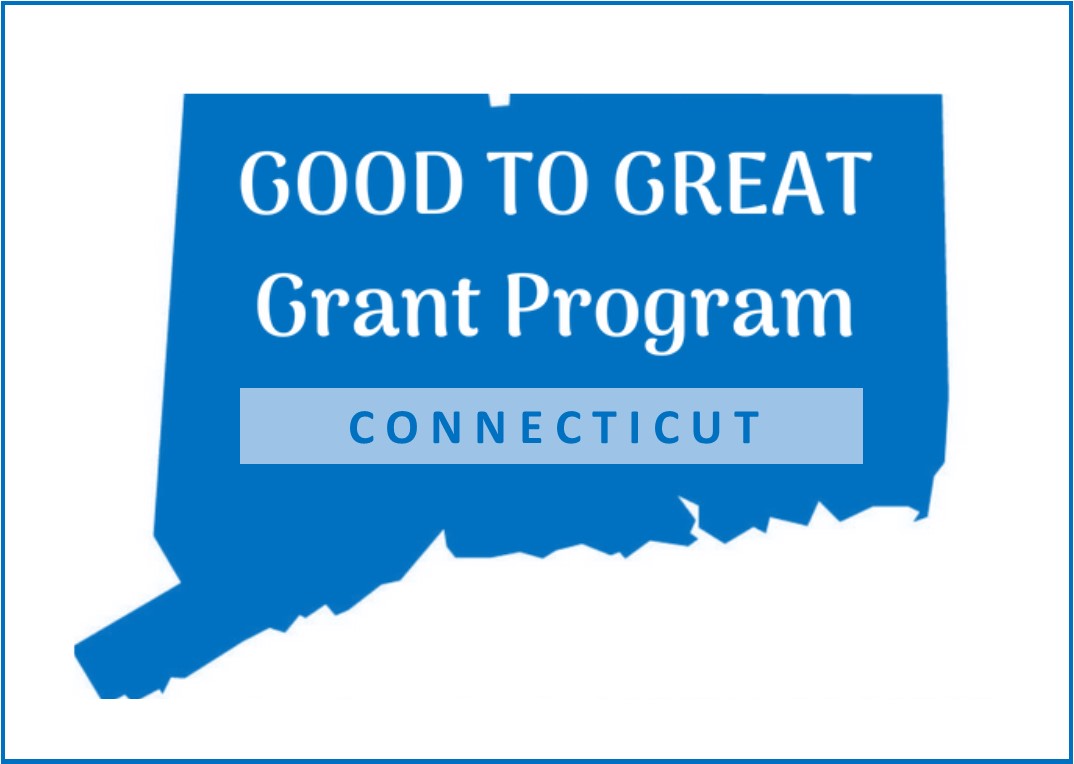
 The just under-the-wire recipients:
The just under-the-wire recipients:
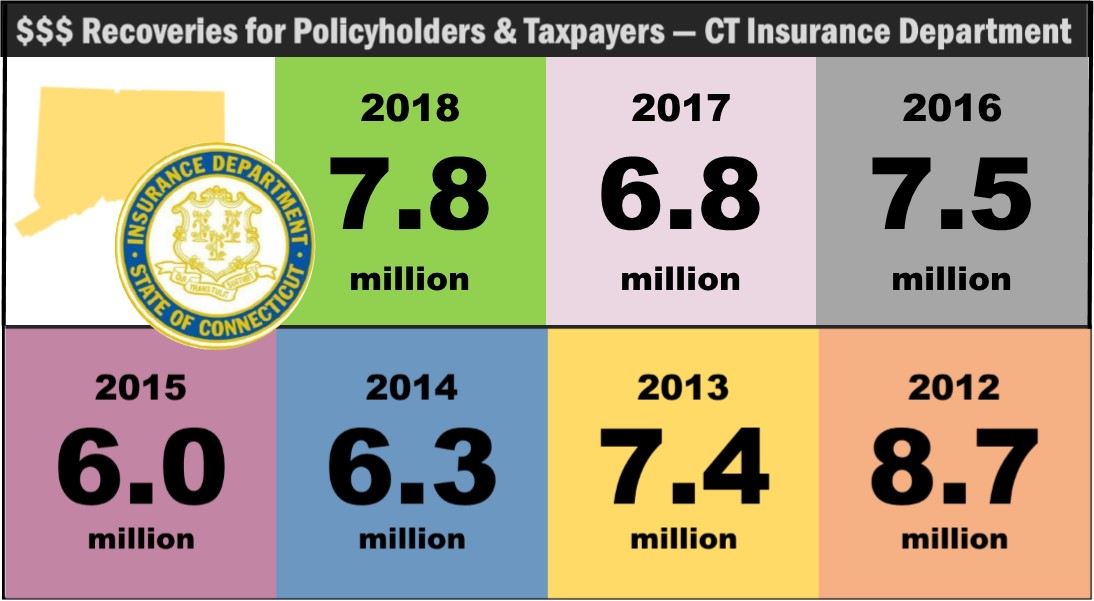
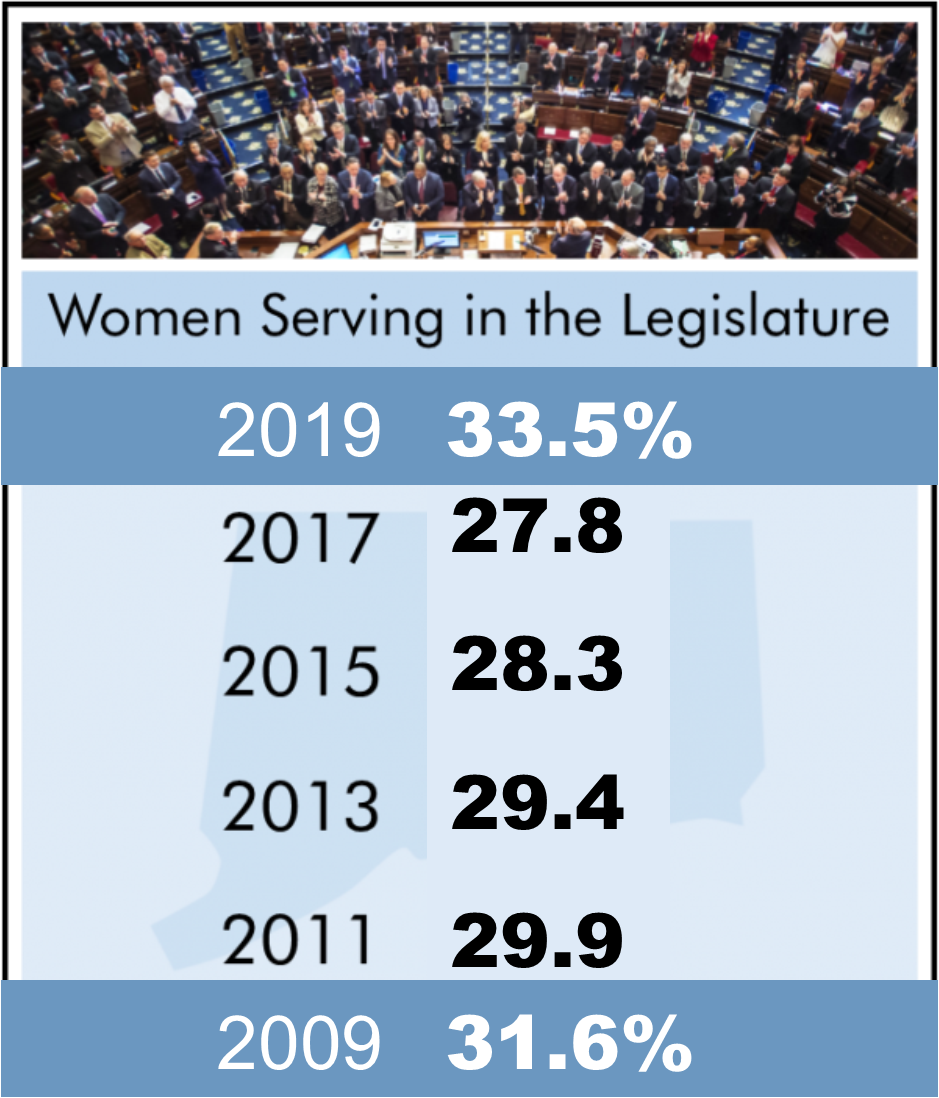
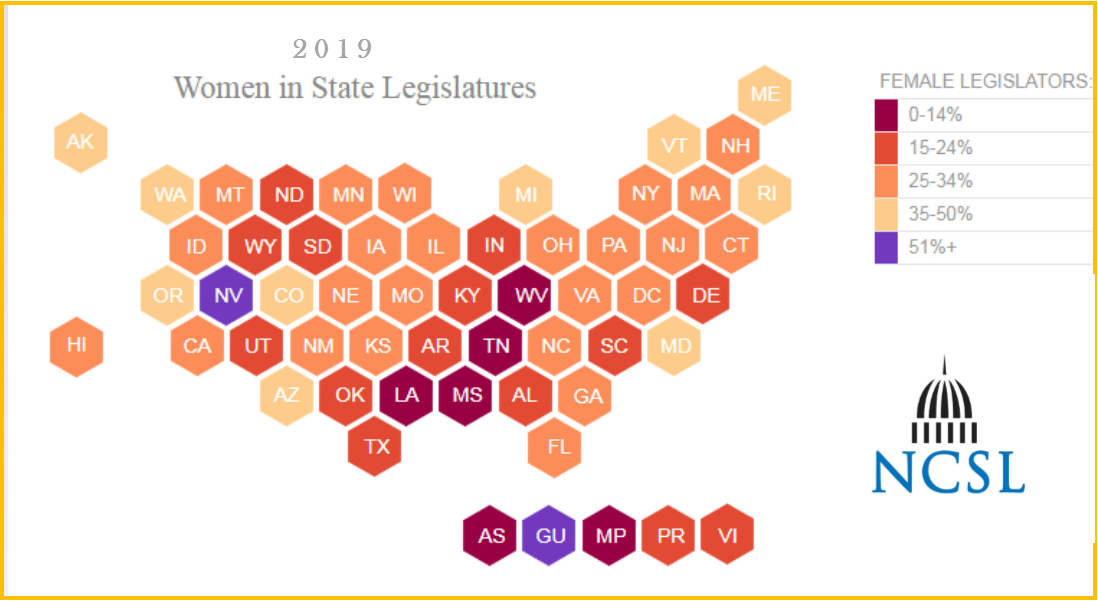

 “We strive to help advisers understand and anticipate stock market and economic changes to be able to provide the best guidance for their clients,” said Juliana Dalton, CFA, president of CFA Society Hartford. Members include CFA® charterholders employed by leading financial services companies and those who are private wealth managers. While many have been in the field for decades – providing much-needed expertise to a range of clients, particularly in turbulent economic times – CFA Society Hartford also continues to reach out to young professionals, as well as college students considering careers in the financial services industry.
“We strive to help advisers understand and anticipate stock market and economic changes to be able to provide the best guidance for their clients,” said Juliana Dalton, CFA, president of CFA Society Hartford. Members include CFA® charterholders employed by leading financial services companies and those who are private wealth managers. While many have been in the field for decades – providing much-needed expertise to a range of clients, particularly in turbulent economic times – CFA Society Hartford also continues to reach out to young professionals, as well as college students considering careers in the financial services industry.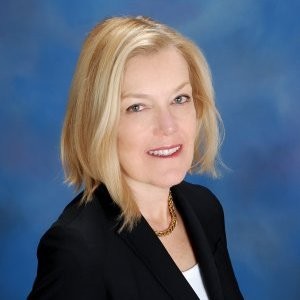 “For the past nine years, analysts have predicted apocalypse for the U.S. economy around every corner, but the strong market and economic recovery are both the longest ever,” commented Dalton. The program will look ahead at what might be next.
“For the past nine years, analysts have predicted apocalypse for the U.S. economy around every corner, but the strong market and economic recovery are both the longest ever,” commented Dalton. The program will look ahead at what might be next.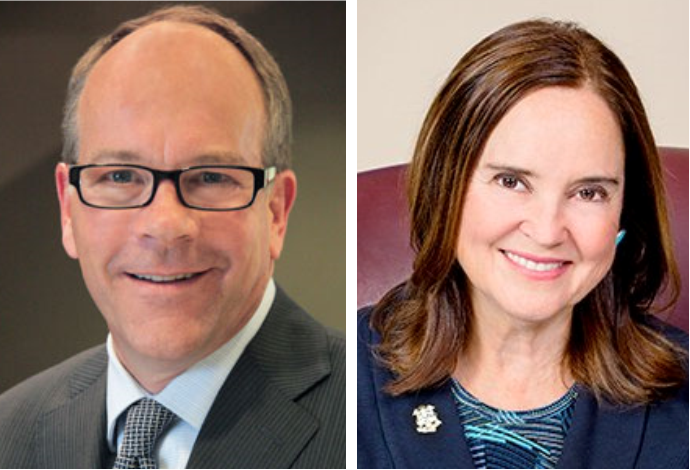 The forecast dinner’s lead speakers will also provide insight. Brian Wesbury is Chief Economist at First Trust Advisors L.P., a financial services firm based in Wheaton, Illinois. He has been a member of the Academic Advisory Council of the Federal Reserve Bank of Chicago since 1999. In 2012, he was named a Fellow of the George W. Bush Presidential Center. In 1995 and 1996, he served as Chief Economist for the Joint Economic Committee of the U.S. Congress, and has been ranked by the Wall Street Journal as the nation’s #1 U.S. economic forecaster (2001), and by USA Today as one of the nation’s top 10 forecasters (2004). Denise Merrill was re-elected in 2018 to her third term as Secretary of the State of Connecticut, and is past president of the National Association of Secretaries of the State. She previously served in the Connecticut House of Representatives. Her office oversees elections and business data, among its responsibilities.
The forecast dinner’s lead speakers will also provide insight. Brian Wesbury is Chief Economist at First Trust Advisors L.P., a financial services firm based in Wheaton, Illinois. He has been a member of the Academic Advisory Council of the Federal Reserve Bank of Chicago since 1999. In 2012, he was named a Fellow of the George W. Bush Presidential Center. In 1995 and 1996, he served as Chief Economist for the Joint Economic Committee of the U.S. Congress, and has been ranked by the Wall Street Journal as the nation’s #1 U.S. economic forecaster (2001), and by USA Today as one of the nation’s top 10 forecasters (2004). Denise Merrill was re-elected in 2018 to her third term as Secretary of the State of Connecticut, and is past president of the National Association of Secretaries of the State. She previously served in the Connecticut House of Representatives. Her office oversees elections and business data, among its responsibilities.

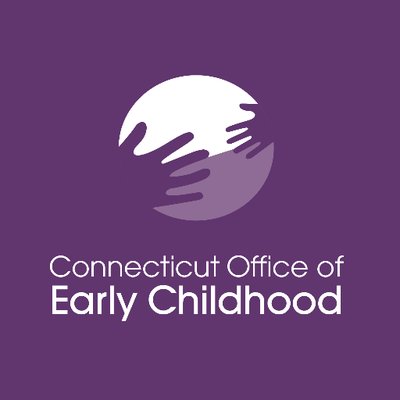
 Bye will begin serving as the Commissioner-designate later this month. Her nomination will be sent to the General Assembly for confirmation. Earlier in her career, Bye was director of the University of Saint Joseph School for Young Children and Trinity College Community Child Center preschools, and was early childhood director at the Capitol Region Education Council (CREC), where she supervised the birth to three program for CREC, and also helped to open two early childhood magnet schools. She was later elected to the Board of Education in West Hartford, then to the State House and State Senate. Reelected last fall, she did not take the oath of office last week in order to accept Lamont’s
Bye will begin serving as the Commissioner-designate later this month. Her nomination will be sent to the General Assembly for confirmation. Earlier in her career, Bye was director of the University of Saint Joseph School for Young Children and Trinity College Community Child Center preschools, and was early childhood director at the Capitol Region Education Council (CREC), where she supervised the birth to three program for CREC, and also helped to open two early childhood magnet schools. She was later elected to the Board of Education in West Hartford, then to the State House and State Senate. Reelected last fall, she did not take the oath of office last week in order to accept Lamont’s  Unlike a previous iteration of this federal grant program – which focused on expanding preschool for four year-olds – the new grant focuses on child success from to zero to five, with an emphasis on infants and toddlers. Further, officials said, it calls on states to look beyond the classroom to broader measures of child and family success, including mental and physical health, family stability, and parental employment. Because such considerations involve multiple agencies, it calls on states to advance a cross-system data and performance infrastructure, asking them to cost-effectively implement new solutions with an emphasis on measurable outcomes.
Unlike a previous iteration of this federal grant program – which focused on expanding preschool for four year-olds – the new grant focuses on child success from to zero to five, with an emphasis on infants and toddlers. Further, officials said, it calls on states to look beyond the classroom to broader measures of child and family success, including mental and physical health, family stability, and parental employment. Because such considerations involve multiple agencies, it calls on states to advance a cross-system data and performance infrastructure, asking them to cost-effectively implement new solutions with an emphasis on measurable outcomes. DEI is a national, transparent, annual benchmarking tool that offers businesses an opportunity to receive an objective score, on a scale of zero (0) to 100, on their disability inclusion policies and practices. The
DEI is a national, transparent, annual benchmarking tool that offers businesses an opportunity to receive an objective score, on a scale of zero (0) to 100, on their disability inclusion policies and practices. The 



























